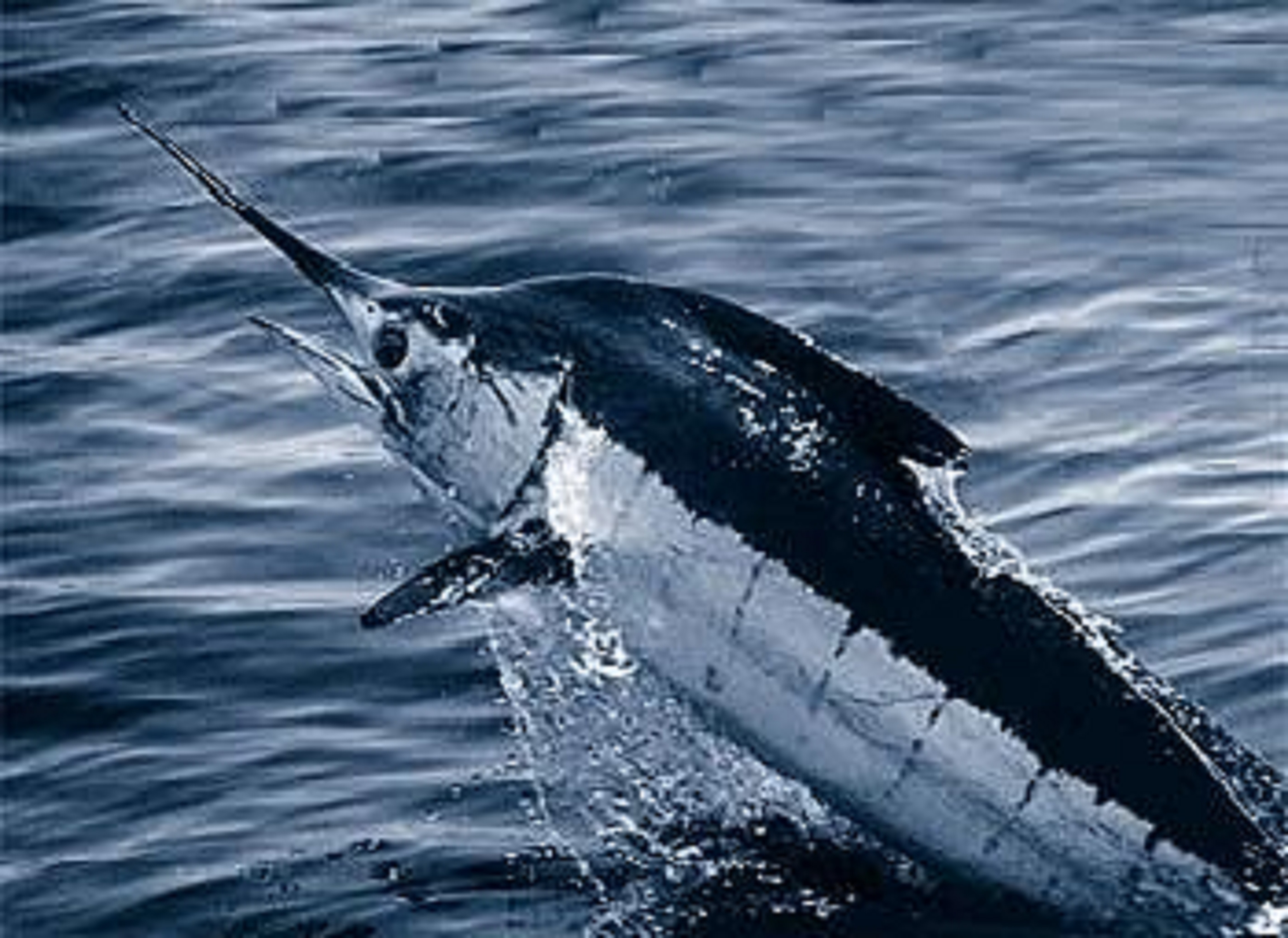 The Other Wes Moore by Wes Moore
The Other Wes Moore by Wes MooreNew York : Spiegel & Grau Trade Paperbacks, 2011, c2010.
Spiegel & Grau trade pbk. ed.
xiv, 250 p. : ill. ; 21 cm.
"Two years after I returned from Oxford, I was still thinking about the story...."
So writes Wes Moore in the introduction to his fine book. The story he was still thinking about was the arrest and conviction for murder of a young man from his home town of Baltimore, MD. What made this crime story compelling, was that the man sentenced to life in prison as an accessory to an armed robbery ending in murder not only was from his hometown, but was about his age, and had the exact same name as the author - Wes Moore.
The details of the case eventually led him to contact the prisoner, and so began a correspondence and series of interviews which led the author to write this book exploring why his life has been so successful and the other Wes Moore's so tragic, even though they both had many similar experiences of hardship and life on the street.
Thankfully, Moore offers no pat answers, but instead presents an unflinching view of how susceptible young African American males are to the social forces and the draw of antisocial and criminal behavior - especially given the tough circumstances that exist for the urban poor - unemployment, disappearing funding for education, lack of present adult role models, and pervasive crime and drug trafficking. Moore never excuses the violent or destructive acts of people, but he is careful to note that the difference between success and tragic failure for young men like himself is often a combination of timing, luck, and the intervention of concerned adults. The author was fortunate to have a Mom who sent him first to a private school, and then to a military school before his life spun out of control This was possible only because of the great sacrifices his family was able to make.
This dual autobiography/biography was given to the UHS library by a student who recommended it to me. It is definitely a story that is bound to appeal to many young people - especially in that it is hopeful without being preachy and yet filled with details of the rough life of the urban streets that appeals to so many young readers.
The book includes an appendix of resources for youth.





